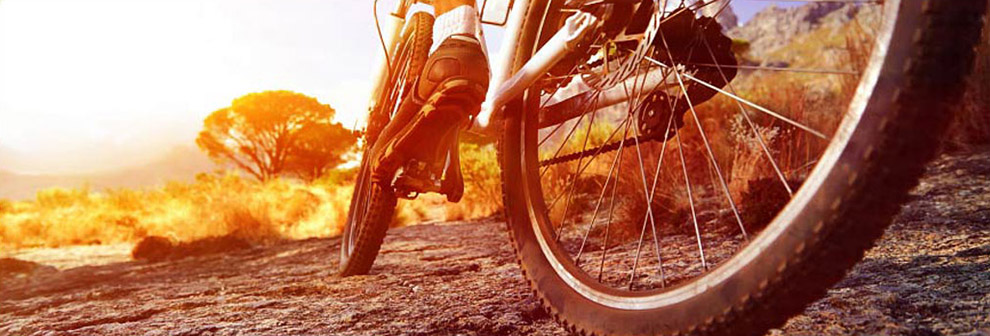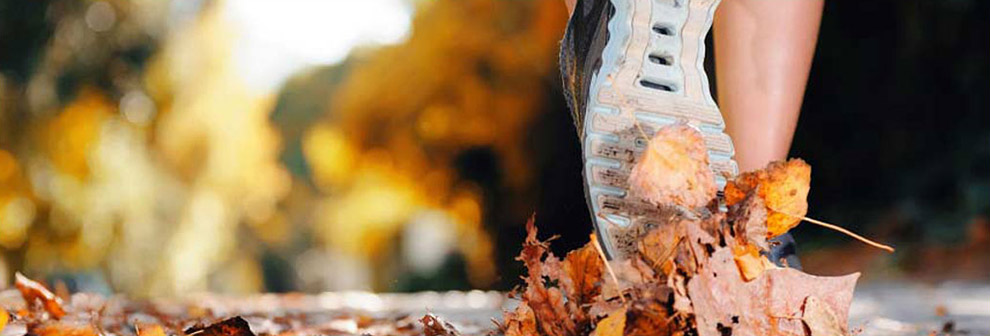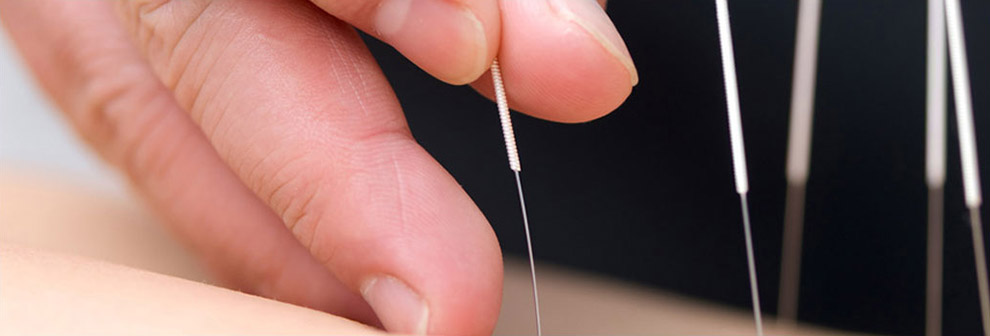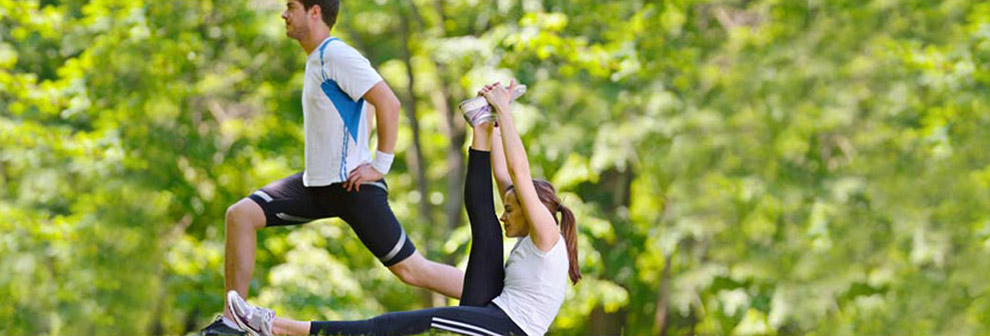Physical therapy in Elko for Figure Skating
Welcome to Pinion Rehabilitation's patient resource about achieving figure skating goals - from the recreational skater to the competitive figure skater. We recommend a few general considerations for selecting figure skating equipment in order to stay comfortable and minimize injury during your training and competitions. The basic equipment you require for figure skating are boots, blades and comfortable, warm clothing. As for all sports, you'll also need to plan for hydration and, if you are skating outdoors, don't forget your sun protection too.
Clothing:
- Comfortable, warm clothing is required for figure skating, with layers that can be removed once you have warmed up.
Warm-up pants, sweat suit pants or leggings can be worn. They should not be baggy and should allow you freedom to stretch. - Many female skaters choose to wear thick skating tights with a skating dress or skirt.
Long sleeve top. - Jacket or sweater.
- Gloves or mittens.
- Comfortable, well-fitting socks.
Figure Skating Boots:
Figure skating boots and blades can be bought together as a unit for beginners, or separately for advanced skaters.
Properly fitting figure skating boots are very important for injury prevention and performance. The back of each boot should fit snugly against each heel. Heel slippage can lead to heel bumps, callouses, and hammer toes. There should be just enough room to wriggle your toes slightly and you should not lose circulation in your feet once the laces are firmly and completely tied. When buying boots, try them on and check for defects such as asymmetry or poor leather condition. Your street shoe size may differ from your figure skating boot size. If you have a discrepancy in size between your feet you'll probably require custom made or semi-custom made (heat moulded, pre-made) boots. If your foot has bony prominences like bunions or prominent ankle bones, a professional skate shop or shoe cobbler can often "punch" or stretch the boot to specifically accommodate the shape of your foot without making custom boots. Don't forget to gradually break-in new boots.
Soft leather or vinyl boots are adequate for beginners. More experienced skaters will need firmer leather to provide adequate foot and ankle support for more challenging moves. Finding a good balance between support and flexibility is the key to selecting the right figure skating boots for you. When wearing your boots you should be able to flex your ankle (moving your knee over your toes, with your heel firmly on the floor) just as well as you can without your boots on. If your boots do not allow your ankle to bend, greater shock is transferred to your knees, hips and back when landing jumps, increasing your risk of injury to these joints.
Figure Skating Blades:
Beginner and recreational figure skaters can use "recreational blades" usually already mounted to the boot. If you have progressed beyond the beginner level you will want a more specific blade based on your skating style and ability. Professionals at specialized figure skating stores can assist your selection. Keep in mind that better quality blades require less sharpening, have a better flow on ice and can effect your spin and jump quality.
Blade Guards:
Blade guards protect blades while walking to the ice, reducing your need for blade sharpening. Don't forget to remove the guards before you step onto the ice.
Hydration:
Keeping hydrated will help you stay alert while skating, may help to prevent muscle cramps and will help your post-training or competition recovery. Take your own drink bottles to the rink so that you can monitor your fluid consumption. We recommend that you drink about 300-400 mL before arriving at the the rink (ref: http://www.ausport.gov.au/sportscoachmag/nutrition2/pre-event_nutrition), and 250mL (1 cup) of water or sports drink every 20 minutes during training and for one hour after training. Your fluid requirements will vary depending on the environmental conditions and your body size. To check that you are adequately hydrating, you can weigh yourself before and after you train. If your weight remains the same then you are likely to be well hydrated.
Sun Protection:
If you figure skate outdoors during the day, don't forget to keep sunscreen and lip balm in your skating bag and apply it before you warm up.
Optional Extras:
A helmet and hip, knee, elbow and/or wrist pads or guards may be worn if it makes you feel more comfortable when you are first learning to figure skate.







